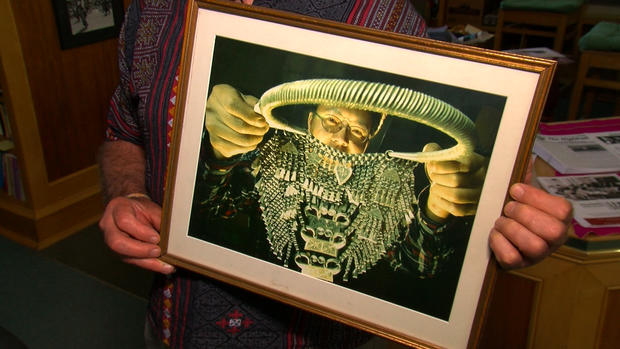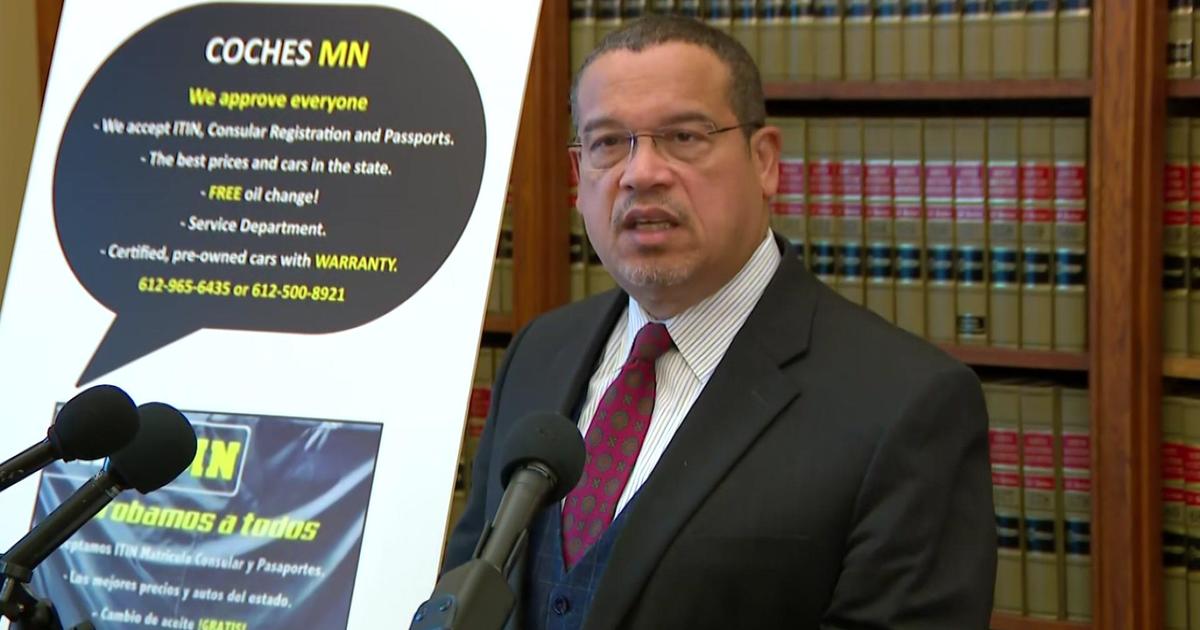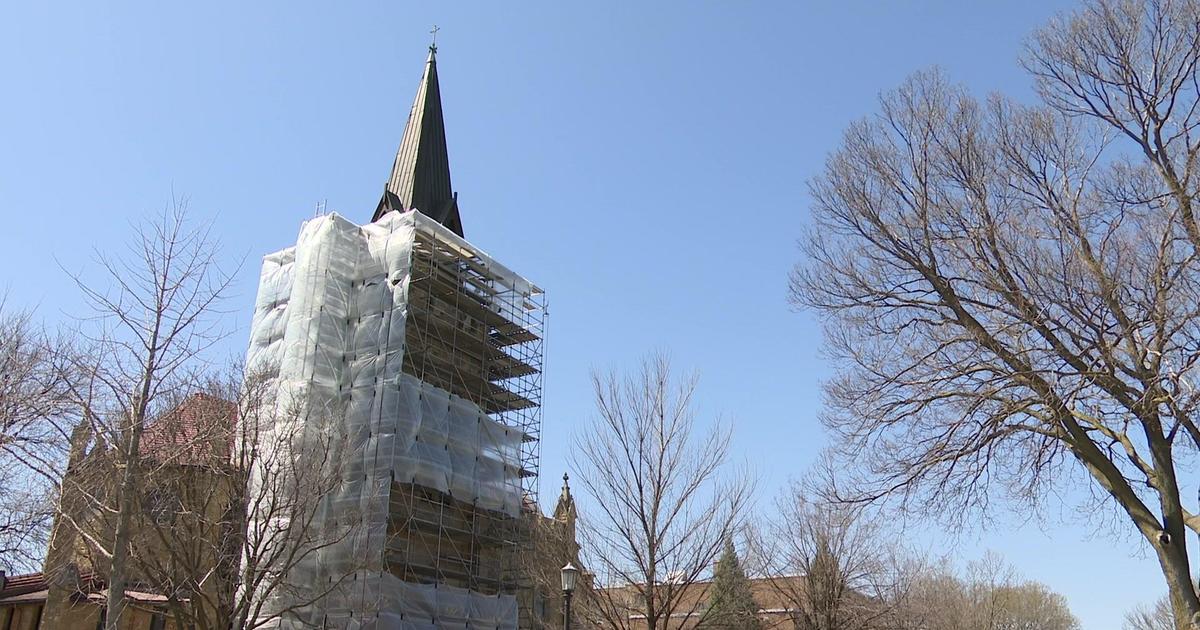St. Paul Library Aims To Preserve Heritage For Minnesota's Hmong Population
MINNEAPOLIS (WCCO) -- The Hmong population in Minnesota is now over 80,000. Many of them came to the U.S. after helping American soldiers during the Vietnam War. Over the years, some of their culture and traditional ways got left behind, but at a library in St. Paul, they are hoping to bring it all back.
At the Hmong Archives, more than 200,000 items detail a captivating history.
On a summer morning, bright sunshine lights the way to St. Paul's East Side Freedom Library, where inside they're hoping a bright future can be found by looking at the past.
"People wanted to see things in their own language. And that you don't get in Target and Walmart," Marlin Heise, an archivist and volunteer at the Hmong Archives, said.
Heise became interested in Southeast Asia while reading National Geographic magazines as a boy, and he now travels there yearly.
"The Hmong don't have a country. They don't have a national library, national museum or national anything," Heise said.
A tiny section of the library is hoping to change that. For 20 years they've collected books, art, posters and videos of Hmong culture from around the world.
"We are now up to 206,000 items as of December 31, 2018," Heise said.
The purpose is to help the current generation of Hmong children learn about what their parents and grandparents went through to make a new life in America.
"My uncle and father are part of the soldiers that helped the Americans. They served in the secret war," Brian Xiong said.
After helping U.S. soldiers during the Vietnam War, Xiong's family lived in refugee camps around Thailand. But when he was 10, they moved from the jungles and mountains of Southeast Asia to the lakes and prairies of Minnesota. His family and thousands of others are the reason St. Paul now has the largest Hmong population per capita in the United States.
"The younger generation, they don't speak Hmong anymore. And they have the archives to be a resource to them so they can learn who they are, the identity and at the same time the language," Xiong said.
Much of the work that happens here is educating and translating. Authentic, written documents have been hard to come by.
"Writing? Not very much done. Paper and such, not very much available. Publishing in Laos, not very much," Heise said.
That's why they're looking for VHS tapes that families may have recorded during their journey west. They're hoping to turn those into documentaries that this generation can learn from, so they can rediscover what being Hmong really means.
"I really hope the Hmong Archives continues to collect more. I think the most important thing is how do we keep the material but at the same time let our younger generation look it through, understand what it is, and be able to read Hmong," Xiong said.
Researchers from around the world have traveled to St. Paul to study the Hmong Archives. If you would like more information on how you can visit, click here.




